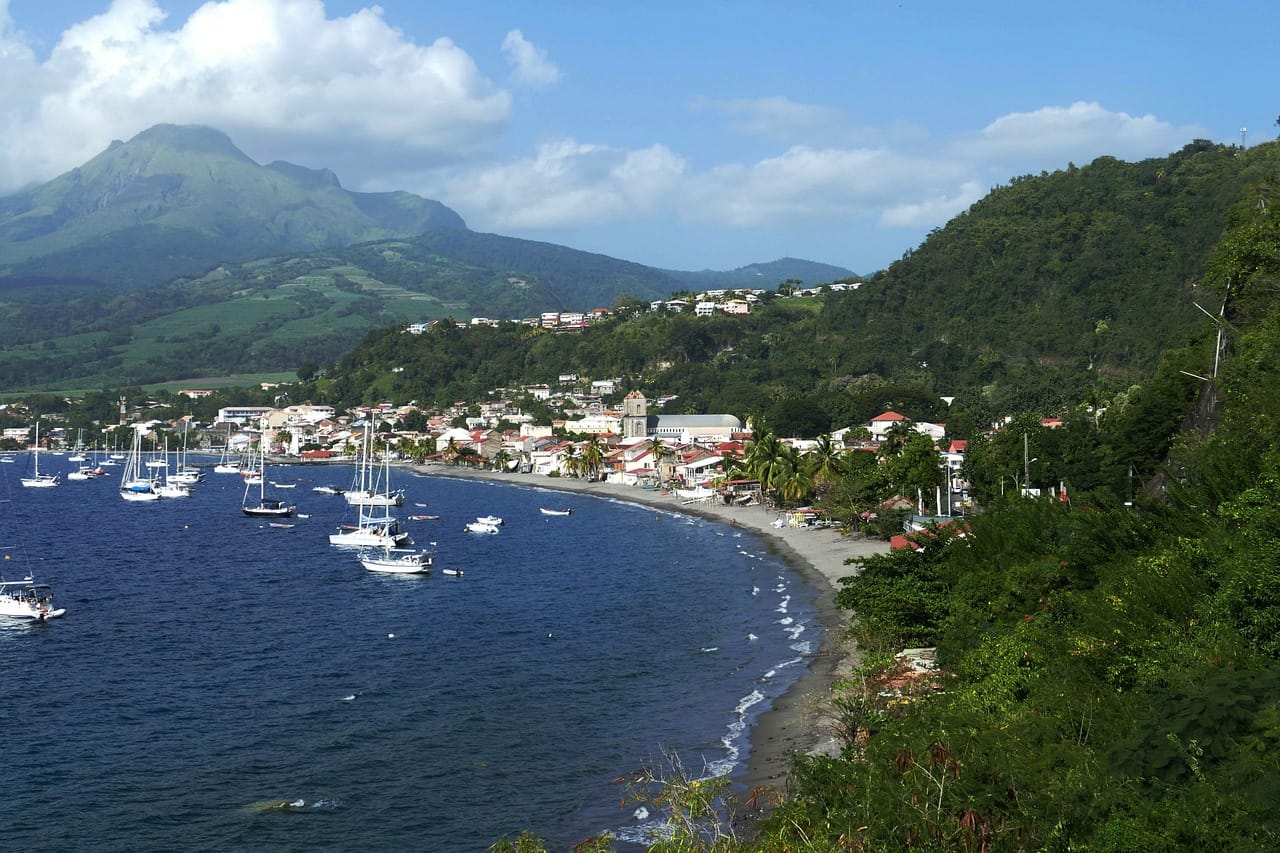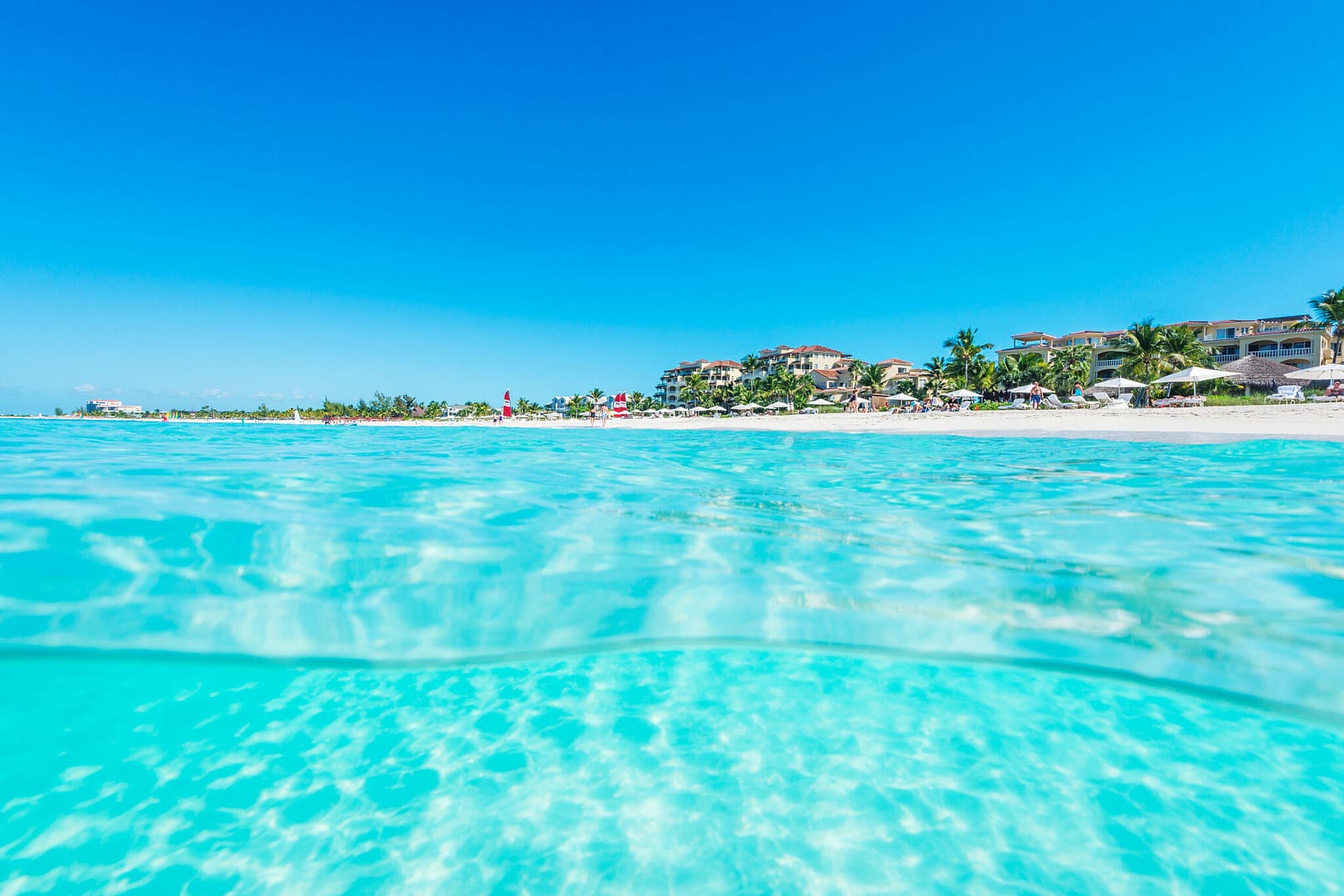Cuba is a fascinating country with a rich history, culture and natural beauty. But beyond the popular attractions like Havana, Varadero and Trinidad, there are many hidden gems that offer a more authentic and unique experience of the island. Here are 10 can’t miss experiences that you can have in Cuba.
Table of Contents
Take a ride in a classic car
One of the most iconic sights in Cuba is the colorful classic cars that pepper the streets. These cars date back to the 1950s and 1960s, when the US embargo and the Cuban ban on buying foreign cars prevented Cubans from accessing new vehicles. As a result, Cubans had to pass down and restore these classics through generations, making them a symbol of Cuban ingenuity and resilience. You can take a ride in one of these cars and feel like you’re traveling back in time, while enjoying the views of Havana or other cities.
Walk the Malecon at sunset
The Malecon is Havana’s most famous street, running parallel to the ocean and passing by many of the city’s landmarks, such as Old Town Havana and Morro Castle. The Malecon is also a popular spot for locals and tourists alike, who gather there to enjoy the breeze, the views and the atmosphere. Sunset is a perfect time to walk along the Malecon, as you can witness the sky changing colors over the sea, and take stunning photos of Havana’s skyline. You can also mingle with Cubans who come to socialize, play music or fish on the seafront.
Watch the firing of the cannon at Morro Castle
Morro Castle is a fortress built in 1589 to protect Havana from raiding pirates. It’s one of the oldest structures in Havana, and the site of one of Havana’s oldest traditions: the 9 o’clock cannon shot. Since the inception of the city, guards at Morro Castle fired the castle cannon at 9 p.m. sharp every night, to alert residents that the city walls were closing and that it was time to go home. Today, the tradition continues, and every night people flock to Morro Castle to watch guards in colonial uniform march in and fire the canon. It’s a spectacle that you don’t want to miss.
Eat in a paladar
A paladar is a private restaurant that operates out of someone’s home. Paladares were legalized in Cuba in 1993, as a way to allow Cubans to earn some extra income and offer more variety to tourists. Paladares are usually small, cozy and family-run, serving homemade dishes with local ingredients. Eating in a paladar is a great way to taste authentic Cuban cuisine and support local entrepreneurs. You can find paladares all over Cuba, offering different specialties such as seafood, pizza or vegetarian options.
Visit Baracoa
Baracoa is a town located in eastern Cuba, that was once one of the most remote areas of the country, with no roads or railways connecting it to anywhere else until the 1960s. Baracoa is known for its natural beauty, its colonial charm and its Afro-Cuban culture. You can explore Baracoa’s attractions such as El Yunque mountain, where you can hike to the top and enjoy panoramic views; Cueva del Paraiso, where you can see ancient paintings by Cuba’s indigenous population; or Playa Maguana, where you can relax on a pristine beach.
Dive in the Bay of Pigs
The Bay of Pigs is famous for being the site of a failed invasion by US-backed exiles in 1961, but it’s also a paradise for divers and snorkelers. The bay is part of the Cienaga de Zapata National Park, one of Cuba’s most biodiverse regions, with swamp forests, mangroves and coral reefs. You can dive or snorkel in the clear waters of the bay and see a variety of marine life, such as fish, turtles, rays and even crocodiles. You can also visit the nearby Playa Giron or Playa Larga, where you can find simple casas particulares to stay.
Stay in a casa particular
A casa particular is a private accommodation that is rented out by Cubans to travelers. Casas particulares are similar to bed and breakfasts, but they offer more than just a place to sleep. Staying in a casa particular is a way to experience Cuba like a local, as you can interact with your hosts, learn about their lives and culture, and get insider tips on what to do and see in Cuba. Casas particulares are also cheaper and more comfortable than hotels, and they can be found all over the country, from urban apartments to rural farmhouses.
Learn salsa dancing
Salsa is more than just a dance in Cuba, it’s a way of life. Cubans love to dance salsa, and they do it with passion, style and flair. You can join them and learn how to move your hips and feet to the rhythm of the music, either by taking a class or by finding a partner on the street or in a club. Salsa dancing is not only fun and exhilarating, but also a great way to connect with Cubans and immerse yourself in their culture.
Ride a bici-taxi
A bici-taxi is a bicycle taxi that is used as a common mode of transportation in Cuba. Bici-taxis are cheap, eco-friendly and convenient, as they can navigate through narrow streets and avoid traffic jams. Riding a bici-taxi is also an opportunity to chat with the driver, who can tell you stories about Cuba, give you recommendations or even become your friend. Bici-taxis are especially popular in smaller towns like Trinidad or Camaguey, where you can see the sights while enjoying the breeze.
Drink rum with locals
Rum is Cuba’s national drink, and it’s an essential part of any Cuban celebration. Cubans love to drink rum, either straight or mixed with cola or juice, and they love to share it with others. Drinking rum with locals is a way to break the ice, make new friends and have fun. You can drink rum with locals in bars, parks, plazas or even on the street, as long as you’re respectful and friendly. You can also learn how rum is made by visiting a rum factory or museum.
Visit a cigar factory
Cigars are another emblematic product of Cuba, and they have a long history and tradition on the island. Visiting a cigar factory is a way to learn about the process of making cigars, from the cultivation of tobacco leaves to the rolling and packaging of the final product. You can also see how skilled workers craft each cigar by hand, using techniques that have been passed down for generations. You can also buy some cigars as souvenirs or gifts, or try one yourself if you’re feeling adventurous.




